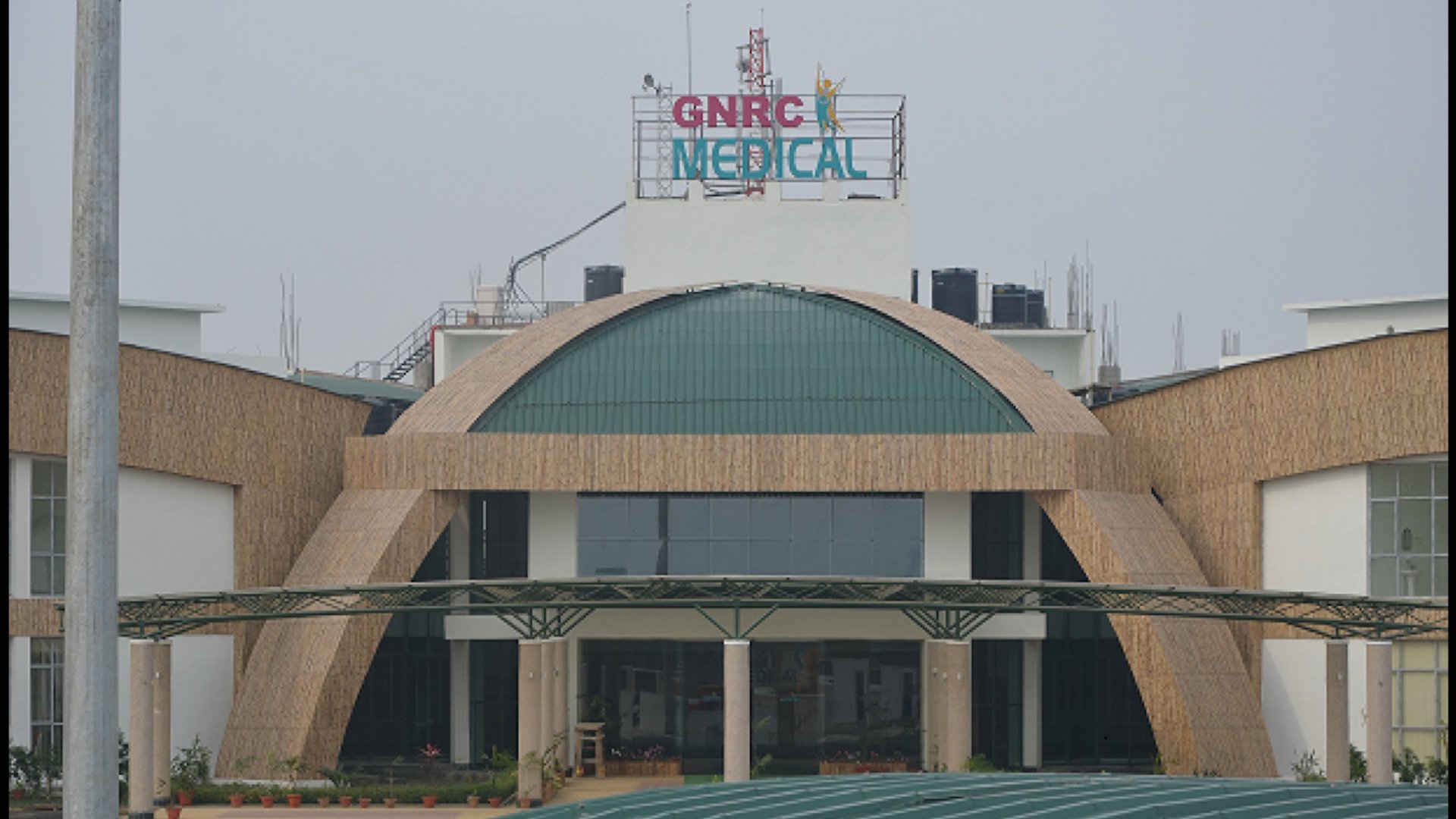You can make a state-of-the-art hospital out of bamboo
Getting healthcare to India’s poor or remote areas is hardly an easy task. GNRC is trying to do both.


Getting healthcare to India’s poor or remote areas is hardly an easy task. GNRC is trying to do both.
It was founded in 1987 as the Guwahati Neurological Research Centre by Nomal Chandra Borah, a farmer’s son who studied medicine at the Guwahati Medical College. Today the first neurological hospital in India’s northeast is a pioneer in a fast-growing sector that is now expanding its mission to serve the underprivileged. Here’s how he is building the empire:
1. The poor are a market.
GNRC currently operates two hospitals in Guwahati usually visited by the elite. Its third hospital on the outskirts of Guwahati that started operating earlier this year is markedly different. It is built to serve the underprivileged.
Much of the northeast lives in rural areas; many are uneducated, timid, and poor. “Private healthcare is expensive, it is beyond the reach of most of the common man,” says Borah. “At the same time government hospitals are unable to handle the burden of large majority of the people.”
This persuaded him to build a hospital designed specially for the poor for which he adopted a two-pronged strategy.
In 2013, Borah began dispatching “Hospitals on Wheels,” buses re-purposed as mobile hospitals equipped with X-ray machines, sonogram equipment, and a patient exam room. These buses, along with a group of doctors, visit several remote parts of Assam to screen and treat patients free of charge.
The service was useful for Borah and his team to understand the needs of the patients in the area. Their findings guide the kind of services Borah’s low-cost hospital will have to offer. But it still had to be on the cheap.
2. Cut costs where you can.
To limit expenses, bamboo cladding was used extensively in the building’s exterior. That acts as a natural insulator and allows the hospital to do away with air conditioning in common areas such as lobbies and reception. This resulted in saving electricity and reducing maintenance cost. Borah also asked local contractors to tailor-make hospital beds instead of ordering them from pricier multinational manufacturers. The result: beds have no frills but meet the needs of the patients.
The hospital is built under green building norms and is expected to receive a so-called gold certification later this year as an environmentally-friendly building.
3. Focus on healthcare.
“As a result, the benefits could be passed on to the patients,” says Borah. The hospital charges Rs2,500 ($42) for an MRI. In most private hospitals, that can go up to $120. A blood sugar test will cost Rs21 ($0.35) while a CT scan is Rs900 ($15). Around 150-200 patients visit the hospital daily, according to Borah.
The World Bank awarded GNRC a grant worth $150,000 earlier this month to help scale up operations. He plans to set up 10 similarly low-cost hospitals in the next five years across northeast India. And just like the bus-cum-hospital, GNRC plans a helicopter service to transport doctors to the even more rural parts of the northeast.